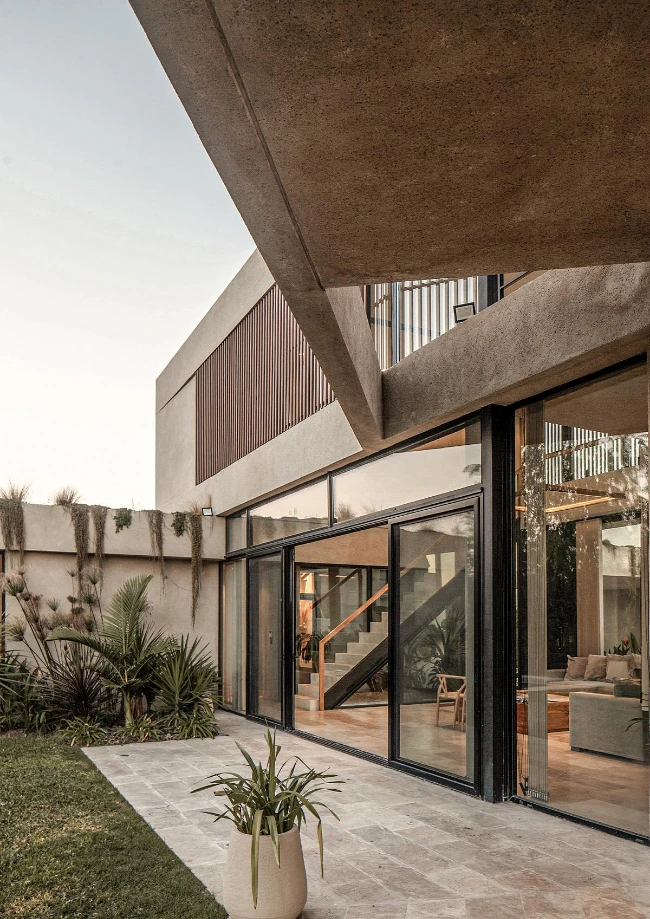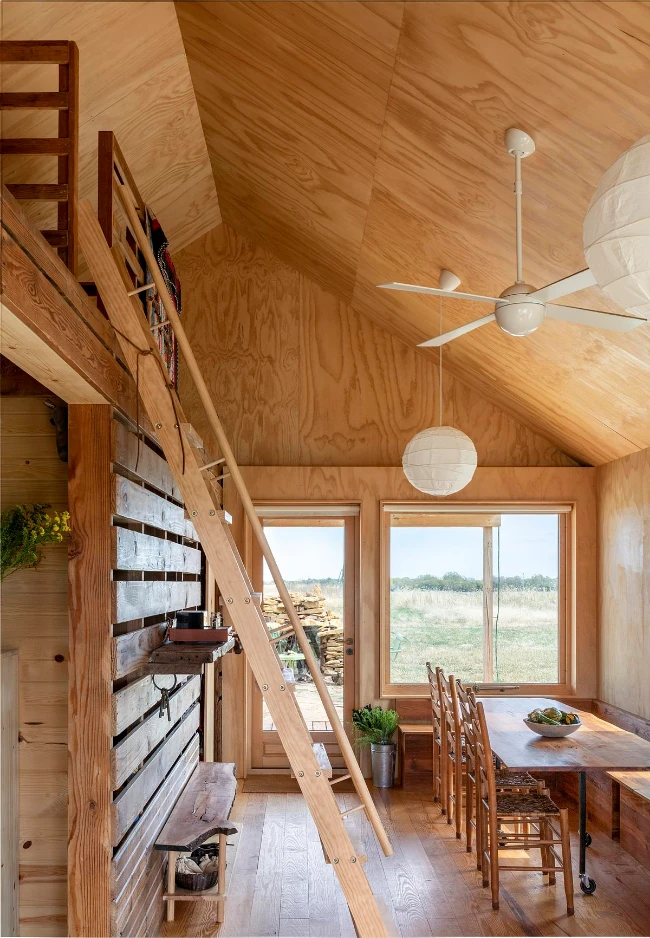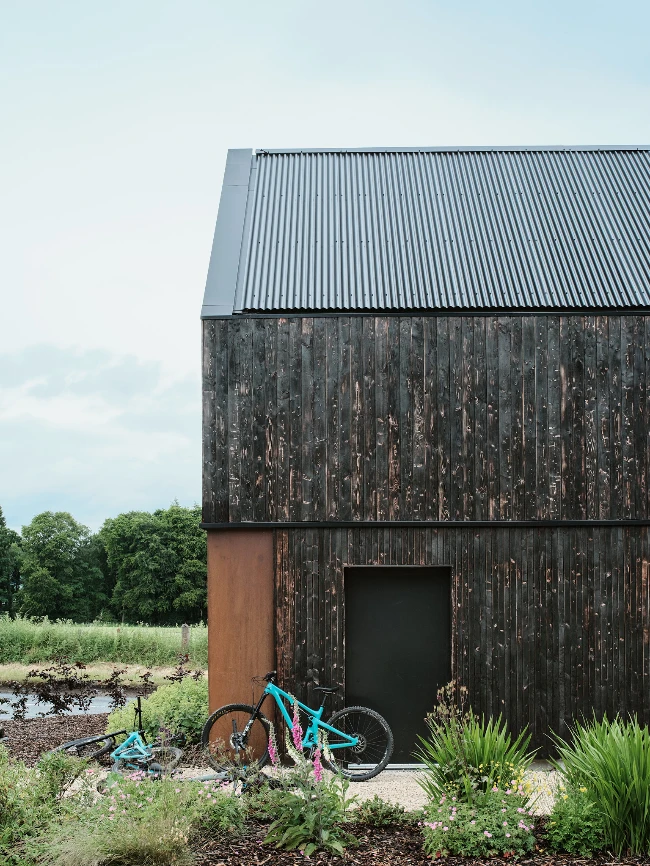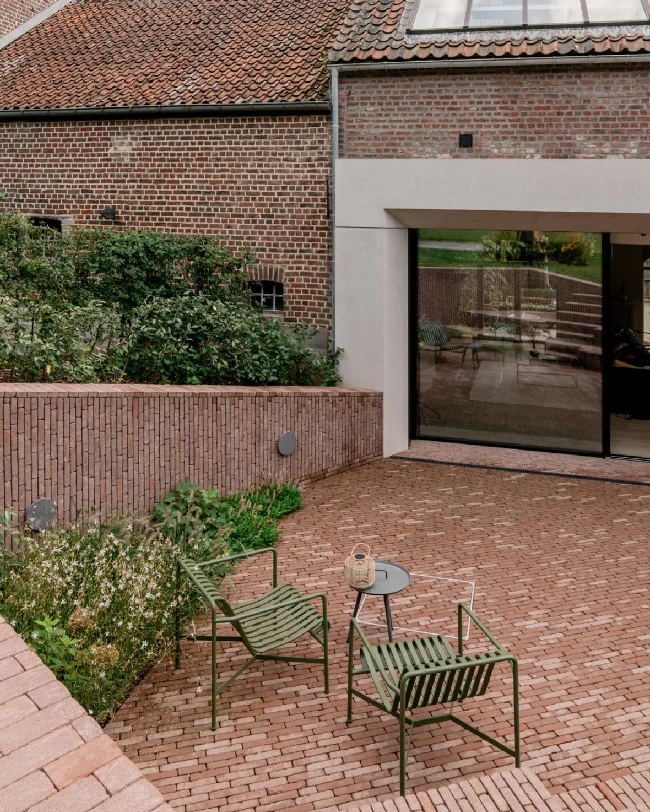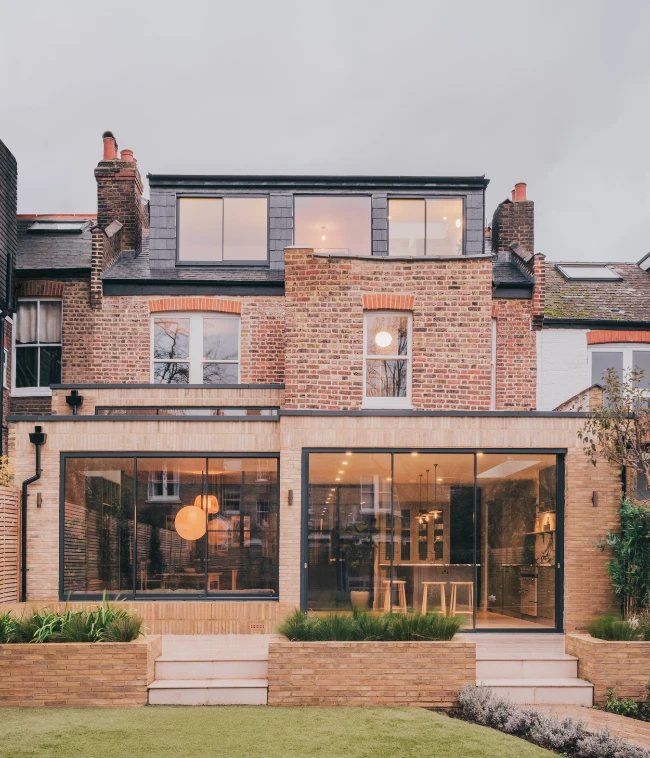
Creating Beautifully Unique Architectural Designs
The desire to create unique and aesthetically pleasing designs is a journey that blends innovation with functionality. Every architectural project presents an opportunity to craft something distinctive, a structure that stands out while harmoniously blending with its surroundings. Let’s explore the elements that contribute to making architectural designs not just structurally sound but also beautifully unique.
Embracing Innovation and Creativity
At the heart of unique architectural design is innovation. That means stepping outside conventional norms and experimenting with new forms, materials, and technologies. It’s about thinking creatively to solve design challenges in ways that are practical and visually striking.
Whether it’s a residential home with an unconventional layout or a commercial building that challenges traditional aesthetics, the key is to push the boundaries of standard architectural practices.
Incorporating Natural Elements
One trend gaining momentum in unique architectural designs is the integration of natural elements. That can range from incorporating green spaces within urban structures to using natural light as a significant design element. The use of glass, for instance, to create light-filled spaces or to provide stunning views of the surroundings, can transform an ordinary building into a piece of art.
Utilizing Advanced Materials and Techniques
Using advanced materials and techniques is pivotal in creating unique architectural designs. Materials like ultra-high-performance concrete, adaptive reuse materials, and innovative metals allow architects to explore new forms and structures. Technologies such as 3D printing are also opening doors to previously unimaginable designs.
The Importance of High-Quality Materials in Architectural Design
Selecting the correct materials is a critical step in creating unique architectural designs. High-quality materials ensure the durability and longevity of a structure.
Diverse Range of Materials for Structural and Aesthetic Excellence
- Retaining Wall Systems: While primarily used for their functional benefit in managing soil erosion and providing structural support, retaining wall systems also contribute to the aesthetic dimension of a project, especially in landscapes and outdoor spaces.
- Glass and Steel: Using glass in architecture allows for natural light and transparency, creating a sense of openness. Steel, known for its strength and versatility, is often used in combination with glass for modern, sleek designs.
- Concrete Variants: From traditional concrete to innovative options like ultra-high-performance concrete, these materials are valued for their robustness and flexibility in various architectural forms.
- Wood and Timber: Wood brings warmth and organic beauty to any design. Advances in timber technology, like cross-laminated timber, have made wood a more viable option even in larger structures.
- Stone and Brick: These classic materials are still widely used for their durability and timeless appeal. Modern processing techniques have enhanced their versatility in design.
- Green Building Materials: Sustainable materials like bamboo, recycled metals, and green roofing systems are increasingly popular in eco-friendly designs. These materials reduce environmental impact and add unique elements to architectural aesthetics.
Personalisation and Client Involvement
Finally, the uniqueness of an architectural design often lies in its personalisation. That means involving clients in the design process, understanding their vision and needs, and translating them into architectural reality. Personalization can turn a generic blueprint into a space that resonates with the individuals who inhabit it.
Creating beautifully unique architectural designs is a multifaceted process. It involves a blend of creativity, innovation, sustainability, and personalization. Utilising advanced materials and techniques, including the strategic use of retaining wall systems and embracing the integration of natural elements, are all part of crafting buildings that aren’t just structures but are works of art.
These buildings reflect the evolving nature of architecture – where functionality meets aesthetic brilliance.

